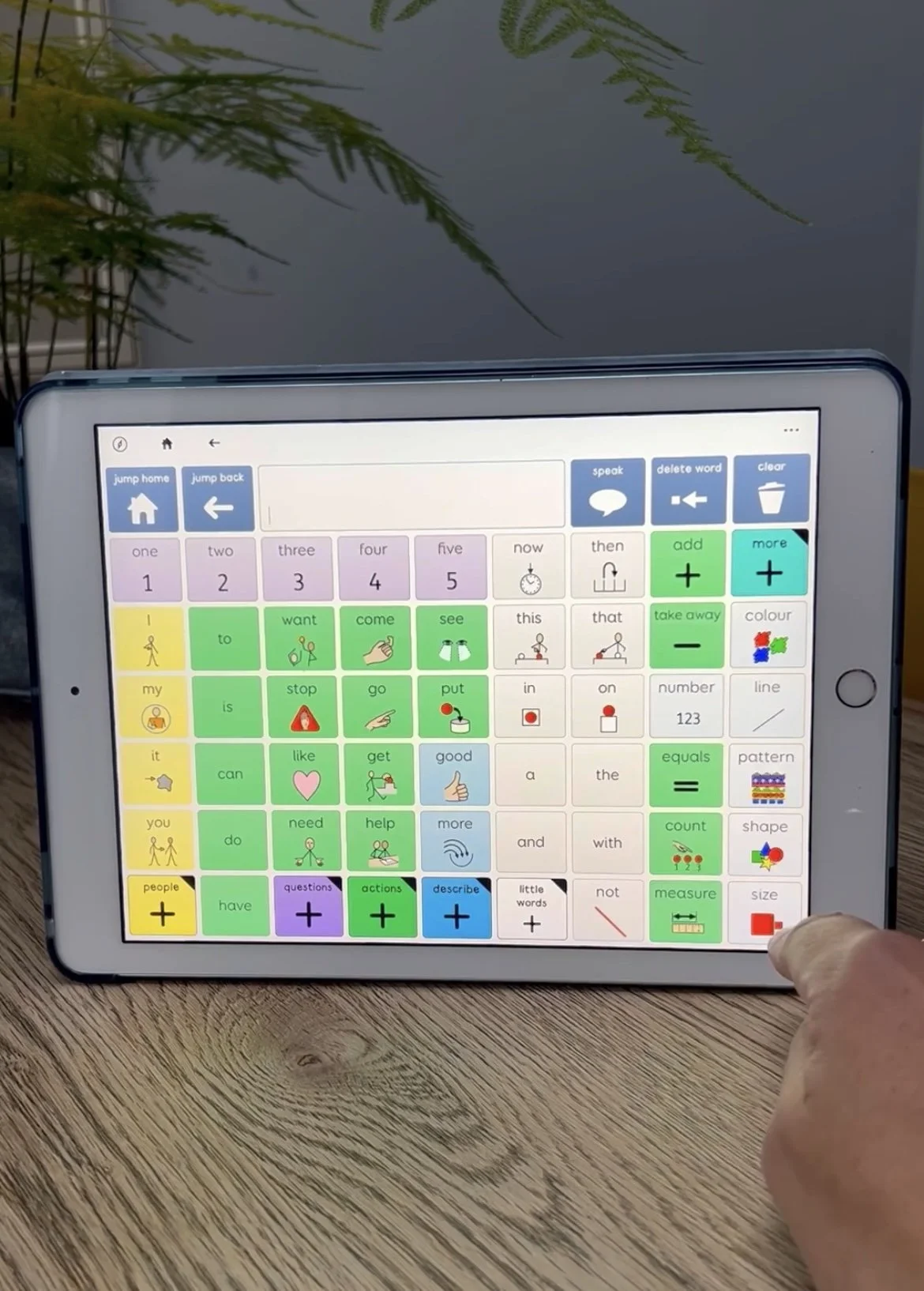Neurodiversity-Affirming Therapy: An Overview
You may have come across the term ‘neurodiversity’, but what does it mean?
It describes the differences in the way people’s brains work, perceive and respond to the world around them. An Autistic person might view the world in a very different way to a “neurotypical” person but there is no right or wrong way! Neurological differences are natural variations, not conditions that need to be fixed.
Examples of neurodiversity include autism, ADHD, dyslexia and more!
How do you ensure your therapy is neurodiversity-affirming?
It’s so important to us to respect the unique ways in which individuals communicate and engage with the world. We spend time really getting to know the individual that we are supporting, so we can feel confident in helping them to achieve their goals. Respecting individual communication styles values the preferences and strengths of the individual.
As with everything, progress and change is happening all of the time. We ensure we keep up-to-date with evidence base, research and discussions within the neurodiverse community to ensure we continue to learn and adapt.
Why is it important to use neurodiversity-affirming approaches?
A strong relationship between us and our client (and their support system) is so important. When a child/young person feels accepted and understood, often engagement in activities increases and the interactions become more meaningful. This in turn boosts self-confidence and reduces the likelihood of ‘masking’, which can lead to negative mental health effects.
‘Masking’ (where a person suppresses their natural behaviours to appear neurotypical) has been linked to poor mental health outcomes, including anxiety, depression and burnout.
Can you give an example of neurodiversity-affirming practices?
Self-advocacy is a huge area that we support, right from the early years into adulthood. From evaluating the need for an Augmentative and Alternative Communication (AAC) system (see our separate Insights post on this), to supporting young people in the classroom to advocate for their regulation needs.
How can I get more information?
Contact us for a free telephone consultation or to discuss our approaches to therapy in more detail.


